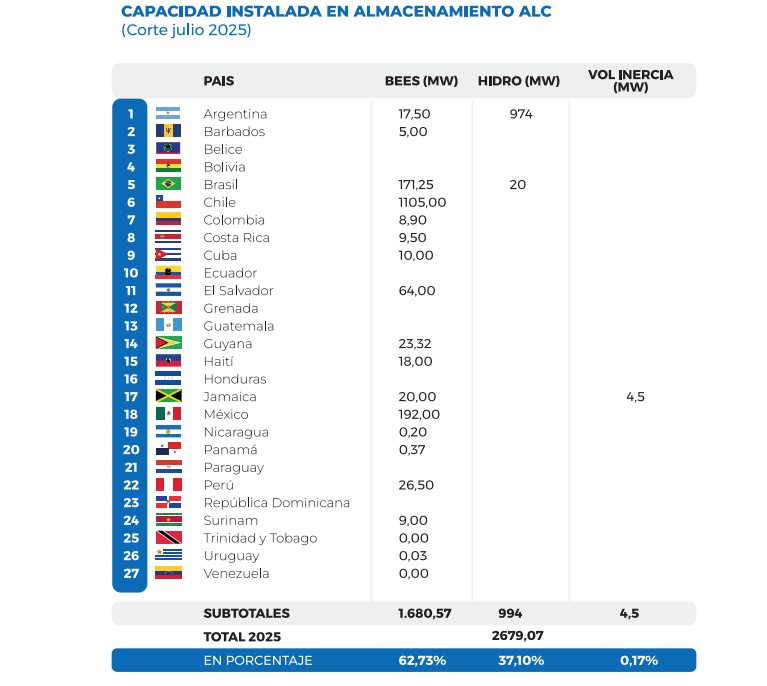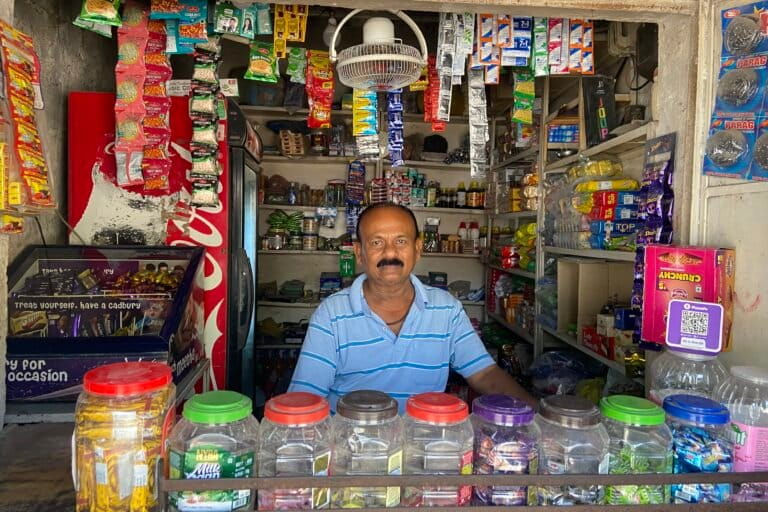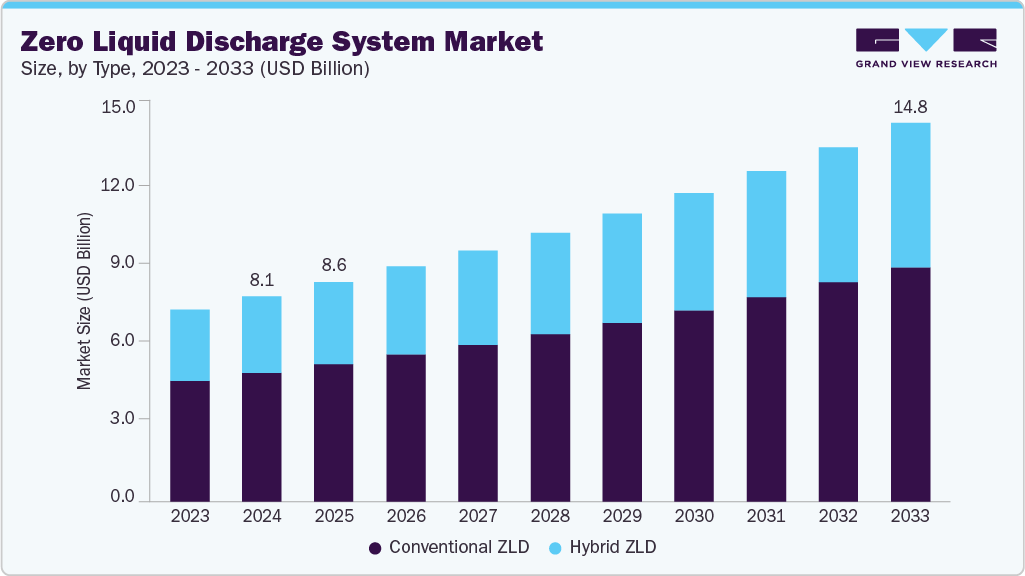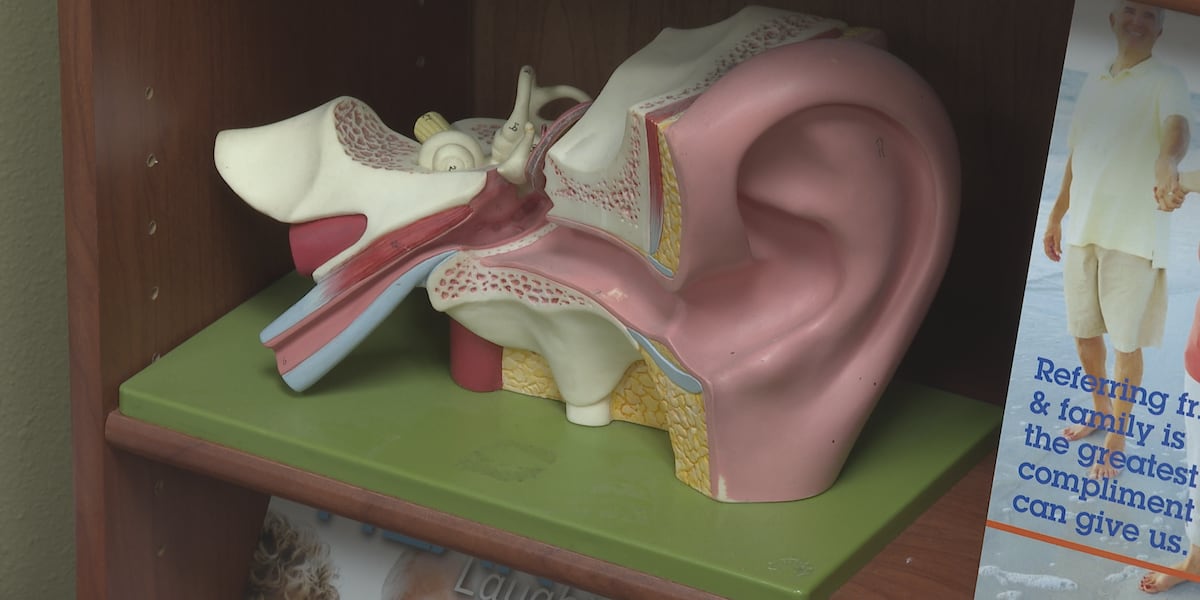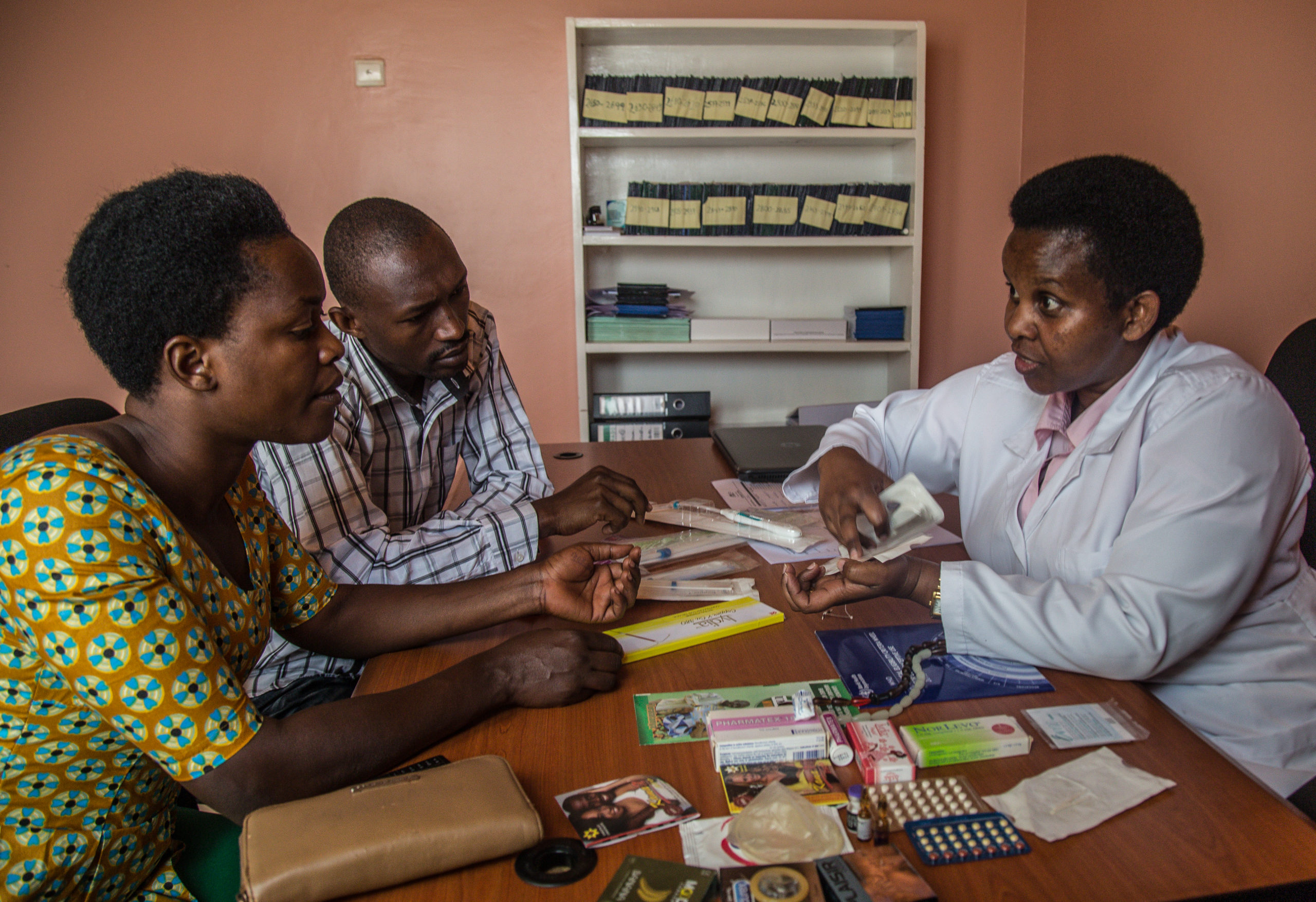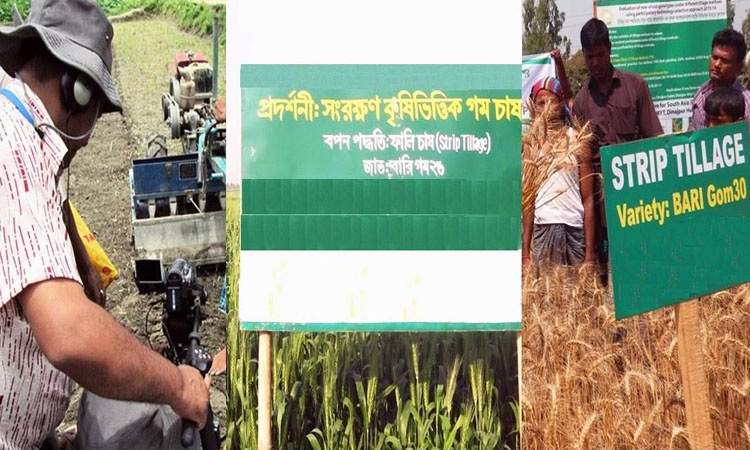Gaza: Acute malnutrition among children hits record high – UN News

Humanitarian Crisis in Gaza: A Report on Sustainable Development Goal Setbacks
Setbacks to SDG 2 (Zero Hunger) and SDG 3 (Good Health and Well-being)
Acute Malnutrition Among Children
Recent data indicates a severe regression in achieving SDG 2 (Zero Hunger) and SDG 3 (Good Health and Well-being) for children in Gaza. Findings from July screenings reveal a critical situation:
- Out of 136,000 children under five screened, nearly 12,000 were identified as acutely malnourished.
- Of these, more than 2,500 were diagnosed with Severe Acute Malnutrition (SAM), the most life-threatening form.
- 40 children required hospitalization in stabilisation centres due to the severity of their condition.
Escalating Severity and Prevention Failures
The crisis is worsening, directly undermining efforts related to child health and nutrition as outlined in SDG 2 and SDG 3.
- The proportion of acutely malnourished children suffering from SAM rose from 12% between March and May to 18% in June and July.
- A “dramatic collapse” in the malnutrition prevention programme was reported. In July, aid partners reached only 8,700 of the 290,000 children requiring nutritional supplements.
- This is a stark decline from the average of 76,000 children reached monthly between April and June.
- Distribution of other key nutrition supplies for children, pregnant women, and breastfeeding mothers has also fallen sharply.
Medical Evacuation and Healthcare Access
Access to healthcare, a cornerstone of SDG 3, remains severely compromised.
- A recent mission, supported by the World Health Organization (WHO), facilitated the medical evacuation of 15 children and 42 companions to Jordan.
- However, a staggering 14,800 patients in Gaza still urgently require specialized medical care that is unavailable locally.
Violation of SDG 11 (Sustainable Cities and Communities)
Critical Shelter Shortages
The fundamental right to adequate housing, a key target of SDG 11, is being systematically denied to the population of Gaza.
- No shelter materials have been permitted entry into Gaza since March 2.
- Over one million shelter items and 2.3 million materials, including tents and tarps, have been procured but are awaiting approval for entry from Israeli authorities.
- The majority of families are living in severely overcrowded and unsafe conditions, directly contravening the goal of safe and resilient human settlements.
Widespread Lack of Shelter
The shelter crisis continues to worsen due to ongoing conflict and displacement.
- A humanitarian assessment of 44 displacement sites in July found that 43 of them contained families with no shelter at all.
- Continuous bombardment and displacement orders further destabilize communities, making the objectives of SDG 11 unattainable.
Challenges to SDG 16 (Peace, Justice and Strong Institutions) and SDG 17 (Partnerships for the Goals)
Constraints on Humanitarian Aid Delivery
The lack of safe and predictable access for humanitarian aid undermines the principles of SDG 16 (Peace, Justice and Strong Institutions) and hinders the effective partnerships required by SDG 17.
- Humanitarian access constraints are a primary cause of the escalating crisis.
- A “tactical pause” in military operations has failed to significantly improve the safe passage of aid.
- The volume of supplies entering Gaza remains insufficient to meet the immense needs.
- Humanitarian agencies reiterate that unimpeded access is essential to prevent further loss of life and to allow the response to match the scale of needs.
Operational Impediments and Delays
Operational challenges demonstrate the difficulties in establishing the strong institutions and partnerships needed for an effective humanitarian response.
- While fewer missions are denied outright, approved missions face extreme delays, with some taking over 18 hours to complete.
- On a representative day, only five of eleven coordinated missions were facilitated without major incident.
- Four other missions were impeded before eventually being completed, including the transfer of essential fuel.
- These delays waste critical resources and time, weakening the collaborative efforts central to SDG 17 and prolonging the suffering.
1. Which SDGs are addressed or connected to the issues highlighted in the article?
SDG 2: Zero Hunger
The article extensively discusses acute and severe malnutrition among children under five, the shortage of nutrition supplements, and the impact on pregnant and breastfeeding mothers, which are central concerns of SDG 2.
SDG 3: Good Health and Well-being
The need for medical evacuations for thousands of patients requiring specialized care, the hospitalization of severely malnourished children, and the overall challenges in delivering health-related aid connect directly to SDG 3.
SDG 11: Sustainable Cities and Communities
The severe shelter crisis, with families living in overcrowded, unsafe conditions or with no shelter at all, and the blockage of shelter materials from entering Gaza, are directly related to the goal of providing adequate and safe housing.
SDG 16: Peace, Justice and Strong Institutions
The article highlights ongoing bombardment and insecurity, which relates to reducing violence. Furthermore, the discussion of humanitarian access constraints, impeded aid missions, and the challenges in coordinating with authorities points to issues with the effectiveness of institutions and cooperation needed to deliver aid in conflict zones.
2. What specific targets under those SDGs can be identified based on the article’s content?
-
SDG 2: Zero Hunger
- Target 2.2: “By 2030, end all forms of malnutrition, including achieving, by 2025, the internationally agreed targets on stunting and wasting in children under 5 years of age, and address the nutritional needs of adolescent girls, pregnant and lactating women and older persons.”
- Explanation: The article directly addresses this target by reporting on nearly “12,000 children under five” identified as acutely malnourished, with a rising proportion suffering from “severe acute malnutrition” (a form of wasting). It also notes that the decline in nutrition supplies is “affecting children, pregnant women and breastfeeding mothers.”
-
SDG 3: Good Health and Well-being
- Target 3.8: “Achieve universal health coverage, including financial risk protection, access to quality essential health-care services and access to safe, effective, quality and affordable essential medicines and vaccines for all.”
- Explanation: The article highlights a critical gap in health service access, stating that “more than 14,800 patients in Gaza still urgently need specialized medical care.” The mention of medical evacuations and hospitalization for malnourished children underscores the struggle to provide essential health services.
-
SDG 11: Sustainable Cities and Communities
- Target 11.1: “By 2030, ensure access for all to adequate, safe and affordable housing and basic services and upgrade slums.”
- Explanation: This target is relevant due to the severe “shelter crisis” described. The article states that “no shelter materials have entered Gaza since 2 March,” families are “living in severely overcrowded and unsafe conditions,” and an assessment found that in 43 of 44 displacement sites, there were “families with no shelter at all.”
-
SDG 16: Peace, Justice and Strong Institutions
- Target 16.1: “Significantly reduce all forms of violence and related death rates everywhere.”
- Explanation: The context of “ongoing bombardment, displacement orders and insecurity” directly relates to this target of reducing violence. The warning that “lives are lost” due to access constraints also connects to this target.
- Target 16.A: “Strengthen relevant national institutions, including through international cooperation, for building capacity at all levels… to prevent violence…”
- Explanation: The article’s focus on humanitarian access problems—”UN convoys continue to face challenges in delivering aid,” “missions that are approved still take hours to complete,” and the need for “unimpeded and predictable humanitarian access”—points to a failure in the institutional cooperation required to facilitate aid and protect civilians in a conflict zone.
3. Are there any indicators mentioned or implied in the article that can be used to measure progress towards the identified targets?
-
For Target 2.2 (End Malnutrition)
- Indicator 2.2.2: Prevalence of malnutrition (wasting and overweight) among children under 5 years of age.
- Evidence from the article: The article provides specific data points that serve as direct indicators:
- “nearly 12,000 children under five were identified as acutely malnourished out of 136,000 screened” in July.
- “more than 2,500 were found to suffer from severe acute malnutrition.”
- The proportion of children with severe acute malnutrition rose to “18 per cent in June and July… compared with 12 per cent between March and May.”
-
For Target 11.1 (Access to Adequate Housing)
- Indicator 11.1.1: Proportion of urban population living in slums, informal settlements or inadequate housing.
- Evidence from the article: The article provides a direct measure of inadequate housing through the assessment of displacement sites: “humanitarians assessed 44 displacement sites, discovering that 43 had families with no shelter.” This implies a 97.7% rate of having no shelter within the assessed sites.
-
For Target 3.8 (Universal Health Coverage)
- Indicator 3.8.1: Coverage of essential health services.
- Evidence from the article: While not a formal statistic, the article provides numbers that act as a proxy indicator for the lack of coverage: “more than 14,800 patients in Gaza still urgently need specialized medical care,” while a recent mission only managed the “medical evacuation of 15 children.” This vast gap indicates extremely low coverage for specialized care.
-
For Target 16.A (Strengthen Institutions/Cooperation)
- Proxy Indicators for Humanitarian Access: The article provides several metrics that can be used to measure the effectiveness of institutional coordination for aid delivery.
- Evidence from the article:
- Success rate of missions: “five out of 11 missions requiring coordination… were facilitated.”
- Efficiency of missions: “missions that are approved still take hours to complete, with some taking more than 18 hours.”
- The number of impeded missions: “Another four missions were impeded but eventually fully completed.”
4. Table of SDGs, Targets, and Indicators
| SDGs | Targets | Indicators (as identified in the article) |
|---|---|---|
| SDG 2: Zero Hunger | 2.2: End all forms of malnutrition, particularly in children under 5, pregnant and lactating women. |
|
| SDG 3: Good Health and Well-being | 3.8: Achieve universal health coverage and access to quality essential health-care services. |
|
| SDG 11: Sustainable Cities and Communities | 11.1: Ensure access for all to adequate, safe and affordable housing. |
|
| SDG 16: Peace, Justice and Strong Institutions | 16.1: Significantly reduce all forms of violence.
16.A: Strengthen institutions through international cooperation to prevent violence. |
|
Source: news.un.org

What is Your Reaction?
 Like
0
Like
0
 Dislike
0
Dislike
0
 Love
0
Love
0
 Funny
0
Funny
0
 Angry
0
Angry
0
 Sad
0
Sad
0
 Wow
0
Wow
0

























